Charles Edwin Bessey became professor of botany at the Iowa Agricultural College (ISU)
In 1870, Charles Edwin Bessey became professor of botany at the Iowa Agricultural College (ISU) and left in…
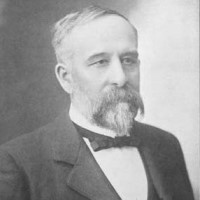
In 1870, Charles Edwin Bessey became professor of botany at the Iowa Agricultural College (ISU) and left in…
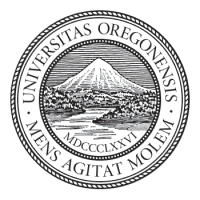
In 1887, The University of Oregon chartered a state medical school in Portland and begins the University of…
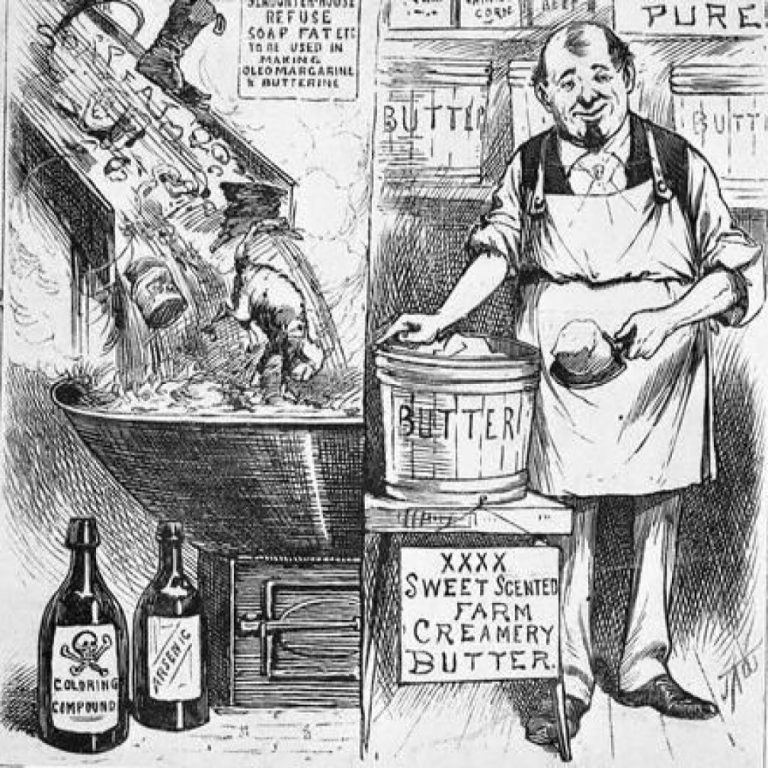
On Aug. 2. 1886, the U.S. Congress passed the Oleomargarine Act which among other things, directed the Secretary…

On Jul. 23, 1886, the 49th Congress (1885–1887) set in motion an era of commercial regulation by passing…
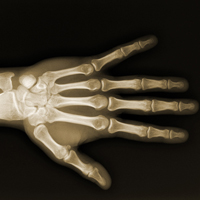
On Feb. 5, 1886, Dr. Arthur Wright who produced the first X-ray at Yale the previous year, published…
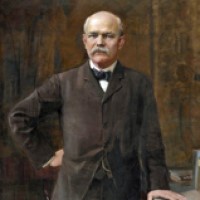
In 1886, Reginald Heber Fitz at Harvard Medical School provided the first clinical description of appendicitis and also…
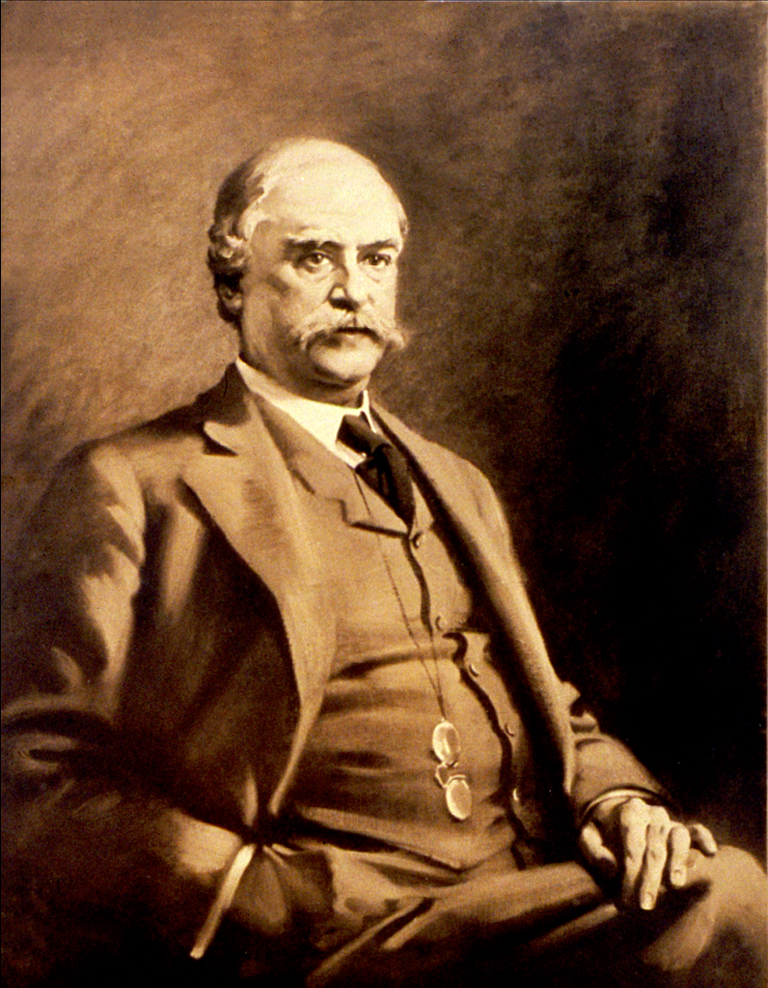
In 1886, three brothers, Robert Wood Johnson, James Wood Johnson and Edward Mead Johnson, founded Johnsonᅠ & ᅠJohnson…

In 1886, Cook County Hospital opened in Jan. when 12 patients arrived from the Poor Farm and from…
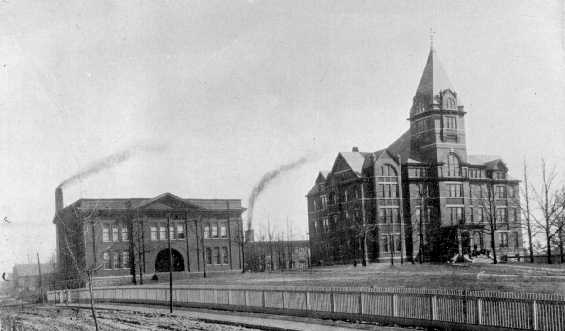
On Oct 13, 1885, the Georgia School of Technology (Georgia Institute of Technology) opened its doors. The School’s…
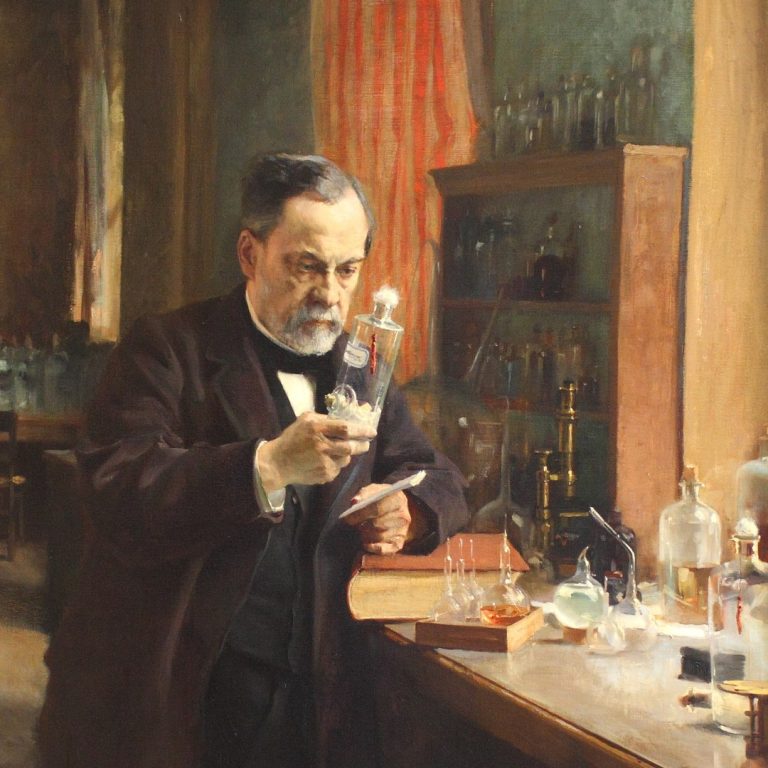
On Jul. 6, 1885, Louis Pasteur’s anti-rabies vaccine was successfully tested on nine-year old Joseph Meister who had…
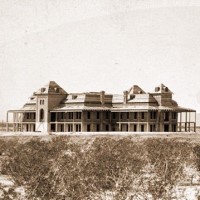
in 1885, the University of Arizona (UA) was approved by the Arizona Territorial Legislature making it the first…
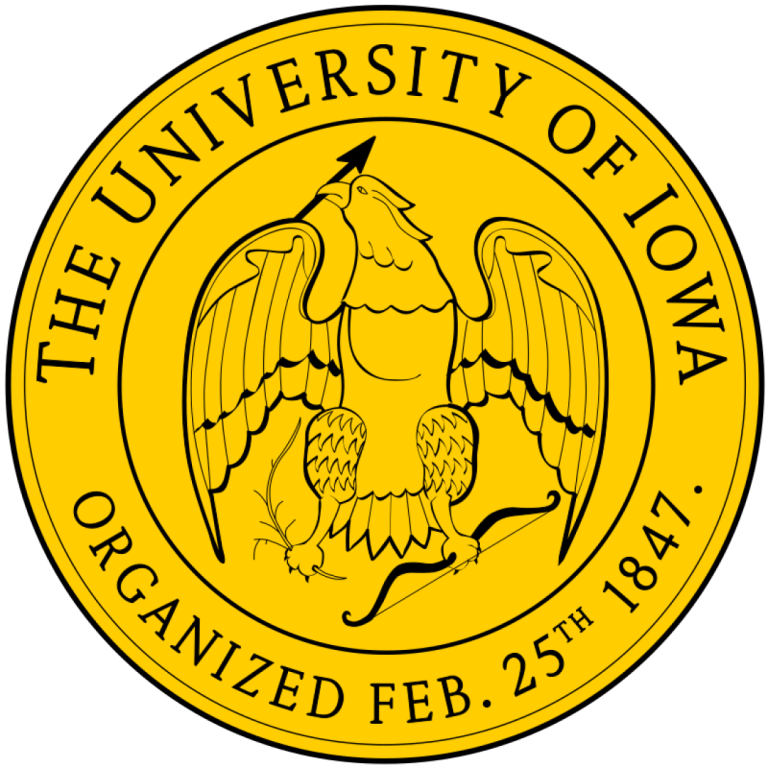
In 1885, the University of Iowa College of Pharmacy opened in the basement of the Medical Building, the…
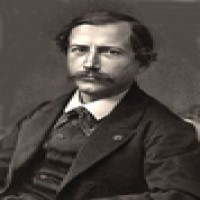
In 1885, french chemist Pierre Berthelot suggested that some soil organisms may be able to fix atmospheric nitrogen.
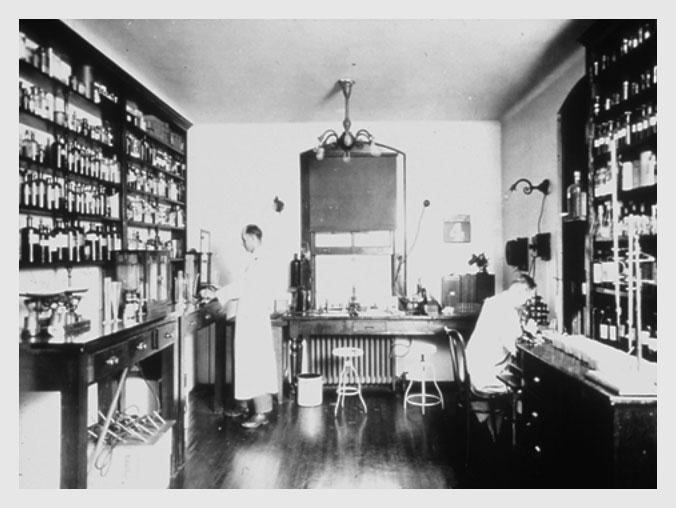
Between 1884-1895, Milton J. Rosenau, Leslie L. Lumsen, Joseph H. Kastle and other Hygienic Laboratory workers conducted an…
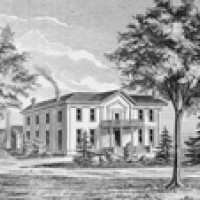
In 1884, the University of Missouri College of Veterinary Medicine was founded. It progressed through five stages: a…
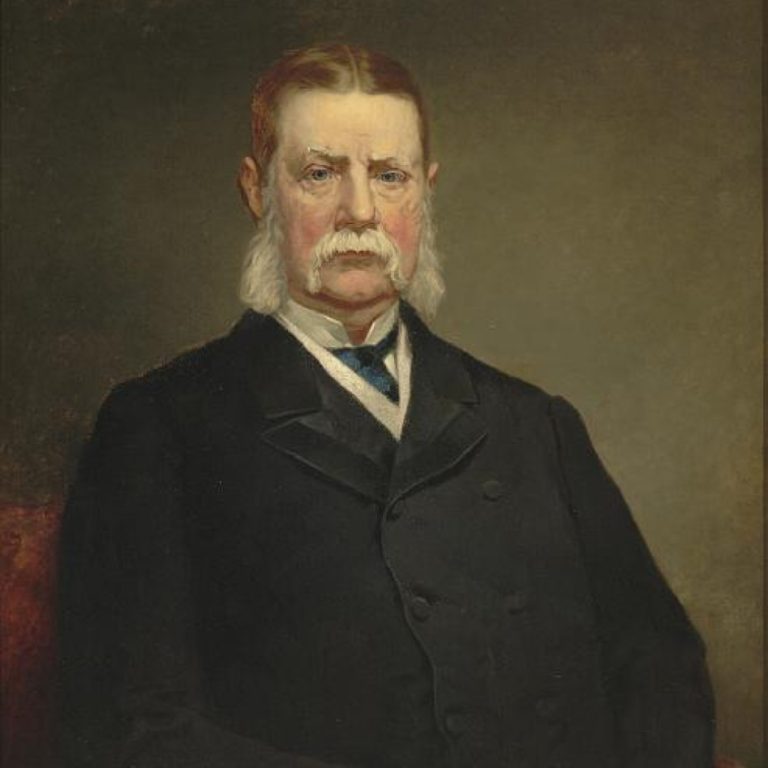
In 1884, New York Cancer Hospital on Manhattan’s Upper West Side (Memorial Sloan-Kettering Cancer Center) was founded by…
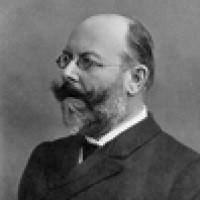
In 1884, German scientist Friedrich Loffler isolated the diphtheria bacillus from patient’s throats.

In 1884, saline infusions replaced milk as a ‘blood substitute’ due to adverse reactions to milk. A breakthrough…
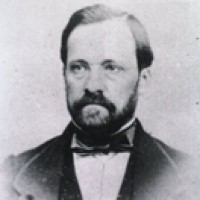
In 1884, the first live attenuated viral vaccine (rabies) was developed by Louis Pasteur, using dessicated brain tissue…
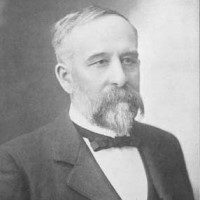
In 1884, Charles Edwin Bessey became a professor of botany at the University of Nebraska and was head…
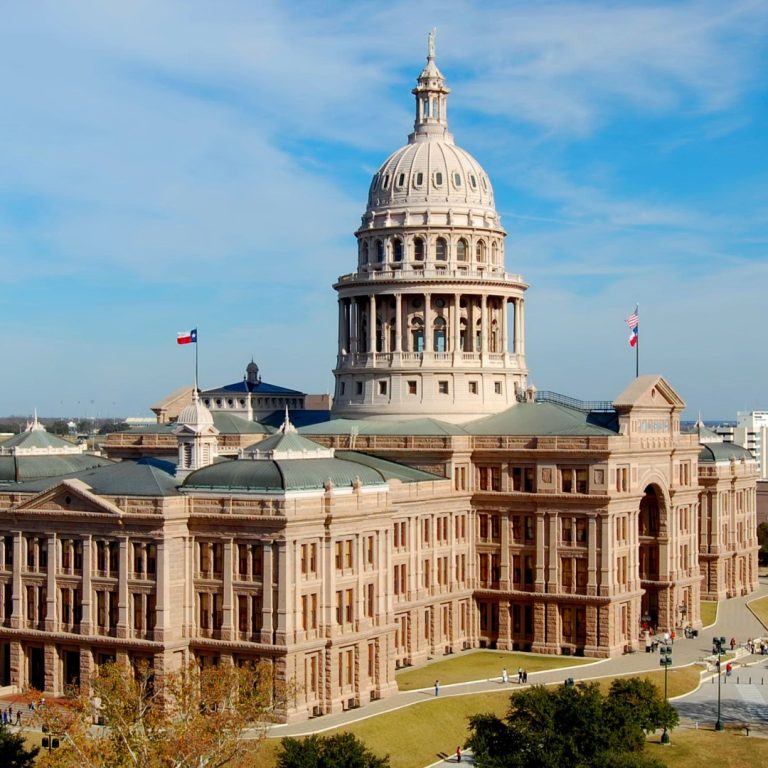
On Sept. 15, 1883, the University of Texas at Austin opened with one building, eight professors, one proctor,…
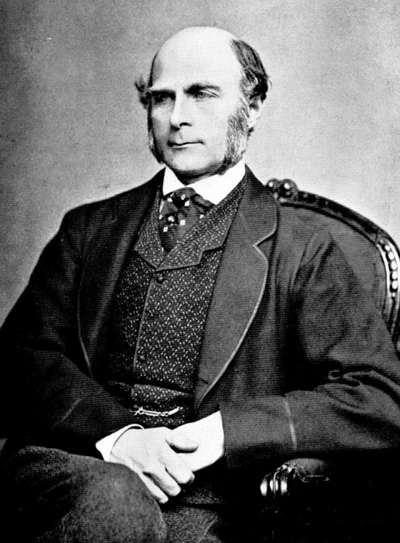
On May 16, 1883, Francis Galton introduced the term eugenics that suggested humans can be improved by selective…
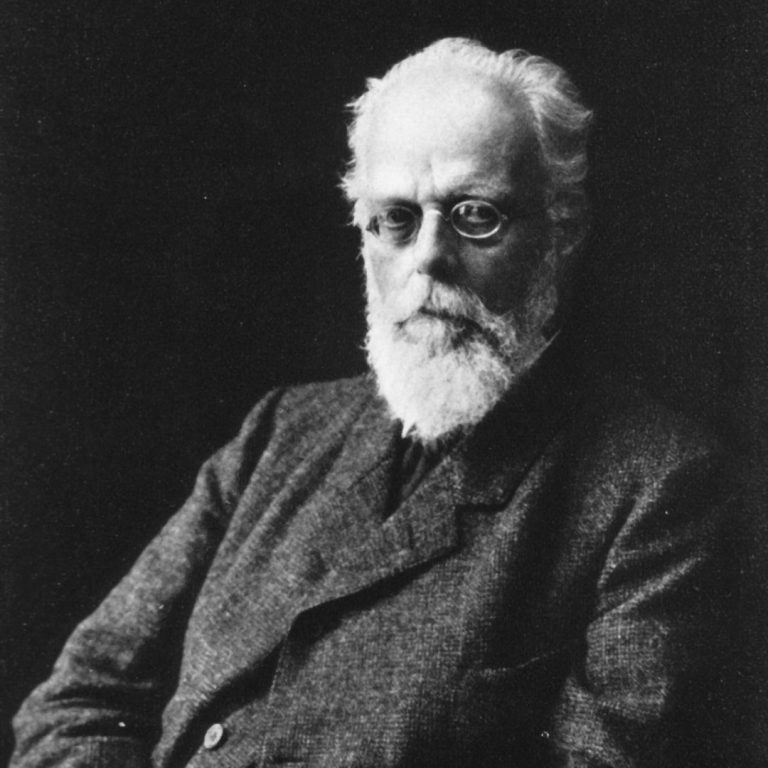
In 1883, the term germplasm was coined by German scientist August Weismann. Weismann proposed the theory of the…

In 1883, the American Seed Trade Association (ASTA) was founded. Today, is one of the oldest trade organizations…
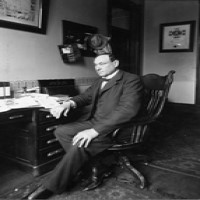
In 1883, Dr. Harvey W. Wiley becomes chief chemist, expanding the Bureau of Chemistry’s food adulteration studies. Campaigning…
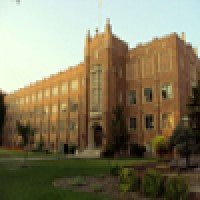
In 1883, the University of North Dakota was founded in Grand Forks by the Dakota Territorial Assembly. Today…
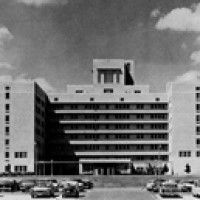
In 1883, the first vaccine-virus laboratory in the U.S. was established at the University of Missouri veterinary science…
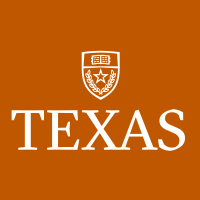
In November 1882, construction of University of Texas at Austin commenced. The University opened a year later with…
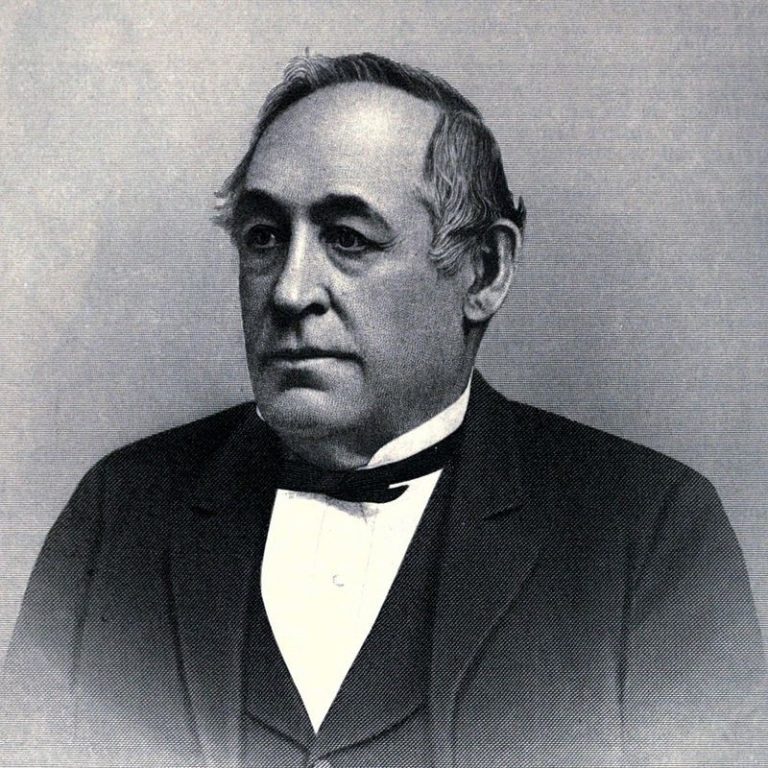
On Apr. 3, 1882, Eastern Washington University (EWU) was founded. Originally named Benjamin P. Cheney Academy for the…
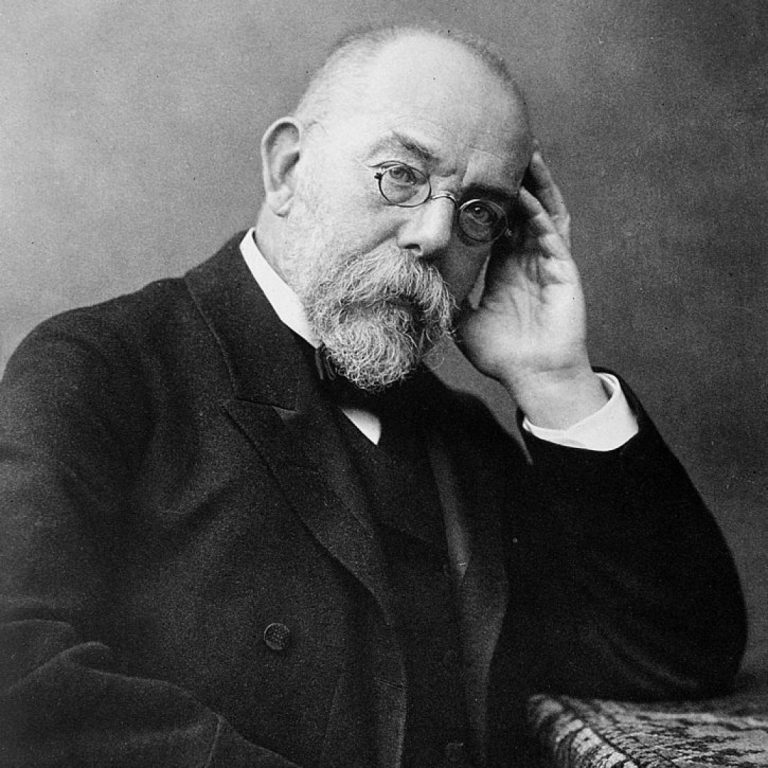
On Mar. 24, 1882, German scientist Robert Koch announced to the Berlin Physiological Society that he had discovered…